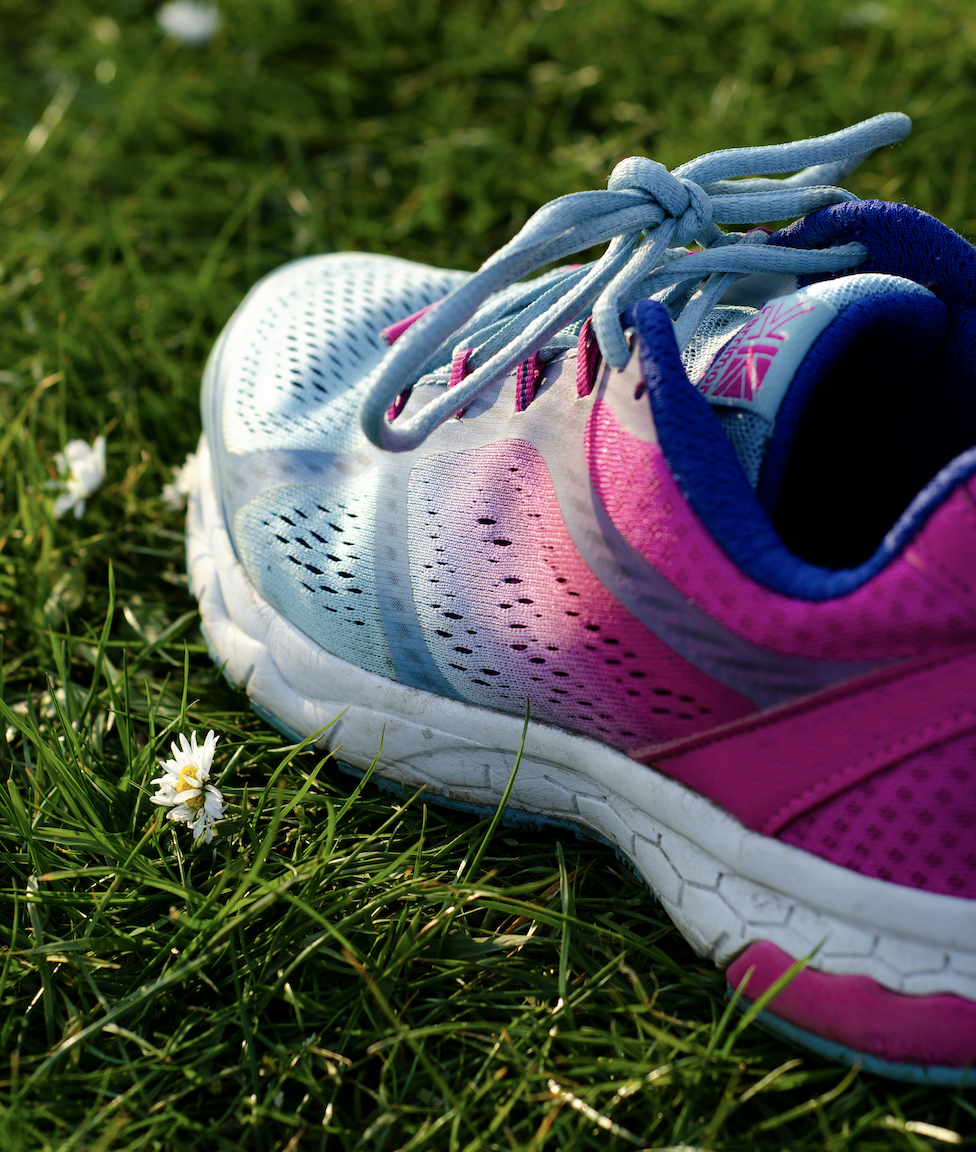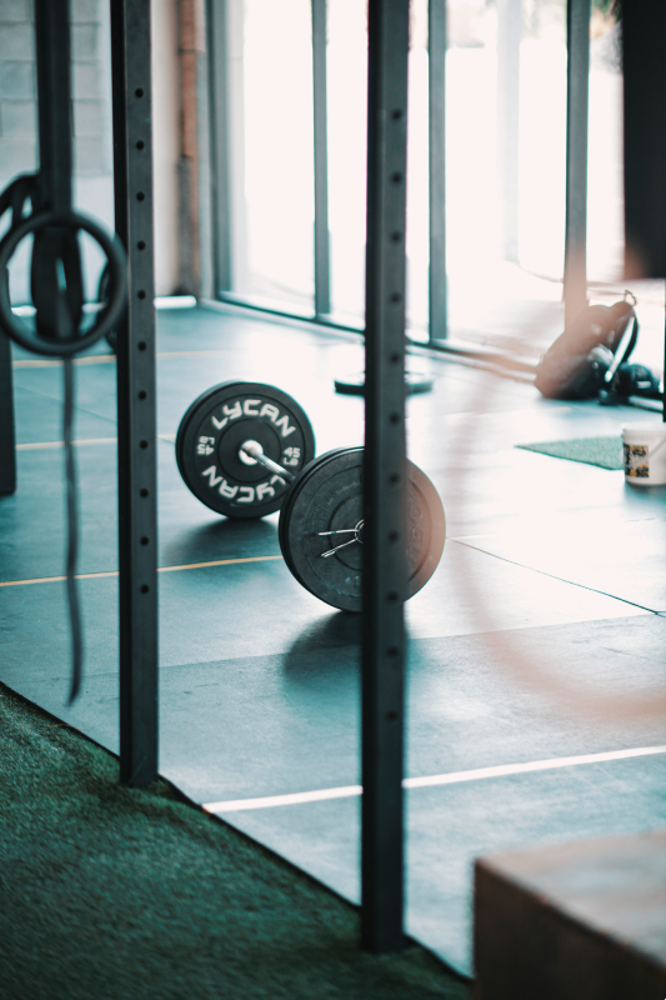
The Center for Active Women’s vision is to establish a collaborative, multi-disciplinary physical space that includes a team of healthcare providers who are well-versed in the unique context, culture, and needs of active women and girls, as well as educational programs and resources to champion the mental, physical, and emotional well-being of this population. Here’s why that matters.
Body Image.
For active women and girls, body dissatisfaction often relates to looks as well as performance, as many face implicit and explicit pressures to manipulate their bodies for their sport.
- 74% of female athletes “have felt as though they ‘do not look like an athlete’” (The Female Athlete Health Report, 2023).
- 68% of Division I female athletes reported that they “feel pressure to be pretty” (ESPNW Body Image Confidential, 2017).
- Other research “tells us that the majority of female collegiate athletes are unhappy with their bodies, and 90 percent of those feel they need to lose weight, an average of thirteen pounds” (Fleshman, 2023, p. 81).
“Not only are [female athletes] subjected to the cultural forces that associate Western beauty standards with personal worth, [but] there is an even tighter standard within sports: an ideal weight, an ideal body shape, one that almost nobody achieves without harming themselves”
– Lauren Fleshman, Good for a Girl: A Woman Running in a Man’s World

Nutrition.
Under-eating (either consciously or unconsciously), disordered eating, and eating disorders impact far too many active women and girls.
Relative Energy Deficiency in Sport (REDs), or under-eating, occurs when an athlete is not eating enough to meet her body’s needs, while both eating disorders and disordered eating involve harmful eating behaviors to varying degrees – such as restricting the amount or type of food eaten, experiencing fear or shame around eating, dieting, skipping meals, fasting, binging, purging, and/or engaging in compensatory behaviors like over-exercise or laxative use.
- 91% of female athletes “have worried about how many calories they are eating” (The Female Athlete Health Report, 2023).
- An estimated 23% to 79.5% of female athletes are not eating enough to fuel their bodies’ needs (Mountjoy et al., 2023).
- An estimated 18% to 44% of adolescent female athletes experience disordered eating (Pustivsek et al., 2019).
- The body of research indicates that “up to 84% of collegiate athletes report…engaging in maladaptive eating and weight control behaviors, such as binge eating, excessive exercise, strict dieting, fasting, self-induced vomiting, and the use of weight loss supplements” (Power et al., 2020).

Hormones.
Despite the pervasiveness and consequences of menstrual irregularities in the world of sport, awareness among female athletes and those entrusted to care for their bodies remains alarmingly low.
- Female athletes report a “normalization [of] amenorrhea (missing periods) by doctors, coaches, and other athletes” that leads them to perceive missing menstrual cycles as “a normal phenomenon, a sign of fitness” (Verhoef et al., 2021).
- 36% of female athletes “have knowingly ignored missed periods in the belief that this is normal for an active person” (The Female Athlete Health Report, 2023).
- The prevalence of secondary hypothalamic amenorrhea (missing periods) varies by sport, with estimates ranging from 30.8% of rhythmic gymnasts, 55.6% of cyclists, 55% of middle/long-distance runners, 42.9% of tennis players, to 30% of volleyball players (Gimunová et al., 2022).
- Medical complications of missing and/or irregular periods include bone loss, infertility, and potentially higher risk for cardiovascular disease (Gordon et al., 2017).

Hungry for deeper learning?
For a more comprehensive look at the state of eating disorders, disordered eating, body image, and hormonal health among active women and girls, read Greta’s summary of the issues in Under-Nourished and Overlooked: Public Health’s Opportunity to Support Women and Girls in Sport.
